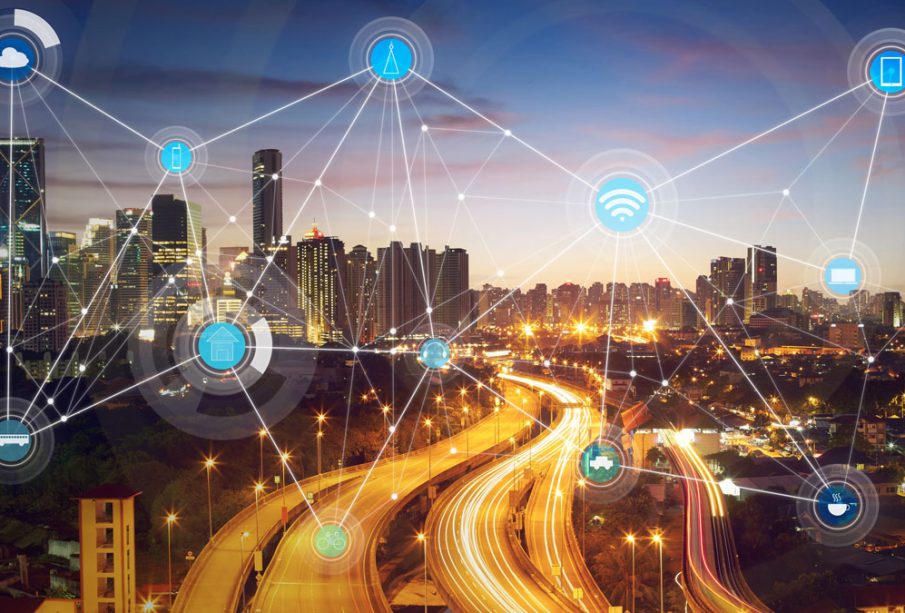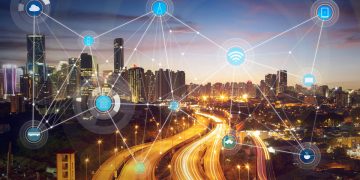The Rise of Smart Cities: How Technology is Transforming Urban Living

As the global population grows, cities are embracing technology to improve efficiency, sustainability, and quality of life. Smart cities are no longer just futuristic concepts; they are becoming a reality worldwide. Here’s how technology is revolutionizing urban living.
1. Sustainable Energy Solutions
Smart cities prioritize sustainability by integrating renewable energy sources and optimizing energy consumption. Solar panels, wind turbines, and energy-efficient buildings are key components of this transformation.
Example: In Copenhagen, Denmark, sensors monitor energy usage to ensure minimal waste and maximum efficiency.
2. Intelligent Transportation Systems
Traffic congestion and pollution are being tackled with smart transportation systems. These include real-time traffic monitoring, autonomous vehicles, and public transit apps that optimize routes and schedules.
Example: Singapore’s Smart Mobility System uses AI to manage traffic flow and reduce delays, improving commuter experiences.
3. IoT and Connected Devices
The Internet of Things (IoT) plays a crucial role in smart cities, connecting devices and systems for seamless operation. From smart streetlights that save energy to waste management systems that optimize collection schedules, IoT is enhancing urban efficiency.
Example: Barcelona’s IoT-enabled garbage bins notify collectors when they are full, reducing unnecessary pickups.
4. Smart Healthcare Services
Urban areas are integrating smart healthcare solutions, such as telemedicine, remote health monitoring, and AI-driven diagnostics, to improve public health access and outcomes.
Example: Toronto’s Smart Health Network connects hospitals and clinics, enabling real-time data sharing and faster patient care.
5. Data-Driven Governance
Smart cities rely on big data and AI to make informed decisions. From planning infrastructure to predicting crime patterns, data analytics are at the heart of urban development.
Example: New York City uses its NYC Analytics Dashboard to track and manage public services effectively.
6. Green Urban Spaces
Technology is also helping cities become greener. Smart irrigation systems, vertical gardens, and green roofs contribute to better air quality and urban biodiversity.
Example: Singapore’s Supertree Grove features vertical gardens that generate solar power and cool surrounding air.
7. Cybersecurity and Privacy Concerns
While smart cities offer numerous benefits, they also raise concerns about data security and privacy. Implementing robust cybersecurity measures is essential to protect citizens and maintain trust.
Example: Estonia’s e-Governance System employs blockchain technology for secure digital transactions and data protection.
Conclusion
Smart cities are at the forefront of technological innovation, promising a future where urban living is efficient, sustainable, and inclusive. As cities continue to adopt cutting-edge technologies, the dream of truly interconnected urban spaces is becoming a reality.
By embracing these advancements, cities around the world are paving the way for a smarter and brighter future.
























